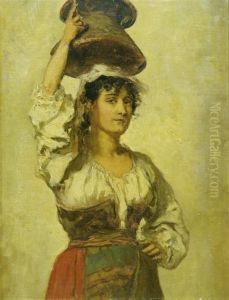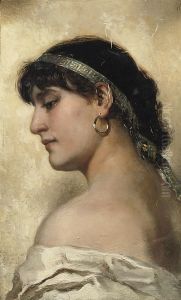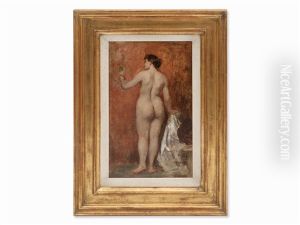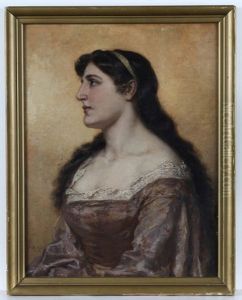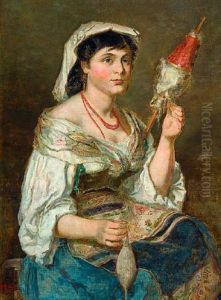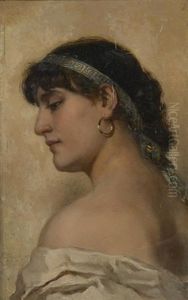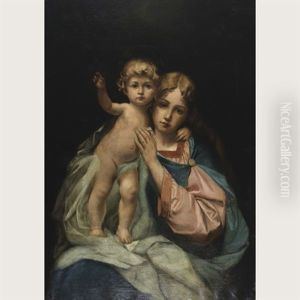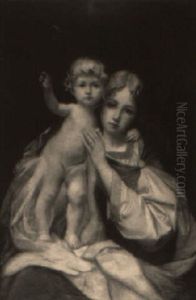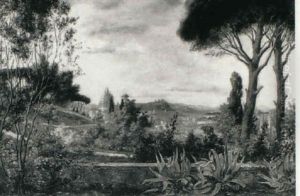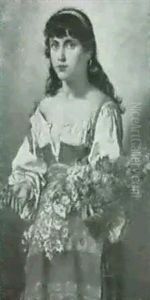Hermann Effenberger Paintings
Hermann Effenberger was a German sculptor born on July 25, 1831, in Berlin. He spent a significant part of his life in the 19th century, which was a period of profound changes and developments in the arts within Europe, including the emergence of various art movements such as Romanticism, Realism, and the early stages of Modernism.
Effenberger was educated in the arts at the Prussian Academy of Arts in Berlin. Under the tutelage of renowned artists and professors, he honed his skills with a focus on sculpting. The Academy was a hub for artistic development in Prussia and provided Effenberger with a strong foundation in classical sculptural techniques. His time at the Academy would have included rigorous training in drawing, modeling, and the study of anatomy, which were essential skills for a sculptor of his time.
Throughout his career, Effenberger produced a variety of works, including statues, busts, and reliefs. His style was likely influenced by prevailing artistic trends of his time, such as Neoclassicism and later, perhaps, by the Naturalist movement. Although not as widely known as some of his contemporaries, Effenberger contributed to the cultural landscape of Germany through public commissions and works that would have been displayed in exhibitions and salons.
One of his notable achievements was participating in the decoration of the Berlin Victory Column, a monumental structure that commemorated the Prussian victory in the Danish-Prussian War. For this project, Effenberger created allegorical figures that represented various Germanic tribes, showcasing his ability to work on a grand scale and his command of allegorical imagery.
Effenberger's career spanned a period of significant political and social change in Germany, marked by the unification of the German states into the German Empire in 1871. This era saw increased patronage of the arts, as the newly formed state sought to express its identity and power through cultural achievements. As a sculptor, Effenberger would have navigated these changes, adapting his work to meet the tastes and demands of the time.
Hermann Effenberger passed away on March 23, 1912, in Berlin. Although his work may not have achieved the same level of fame as some of his peers, his contributions to the arts during his lifetime were part of the broader German sculptural tradition. Today, his works remain a testament to the skill and artistry of sculptors in the late 19th and early 20th centuries.
